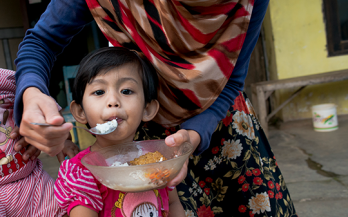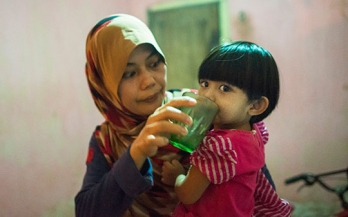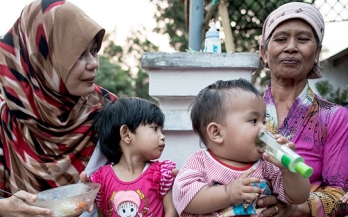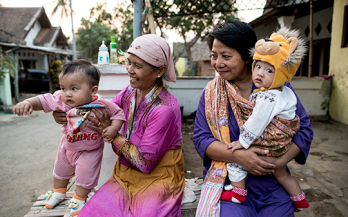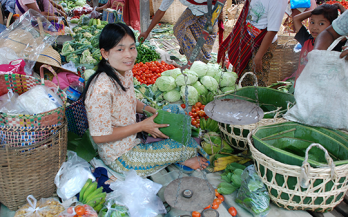- 01/06/2013
The objective of this study was to assess the efficiency of the Global Alliance for Improved Nutrition (GAIN) Premix Facility in procuring quality, affordable vitamin A for fortification of edible oil in Indonesia.
- 06/09/2017
Although it is generally accepted that the addition of micronutrient powders (MNPs) to foods causes no or negligible changes to organoleptic properties, there are anecdotal reports of low acceptability of the MNP distributed in Indonesia. The objective of this study was to assess whether the organoleptic properties of micronutrient powders reduce the acceptability of foods if used as recommended.
- 01/06/2013
The objective of this study was to assess a new portable device for the quantitative measurement of iron content of fortified sauces that could be used to control fortification levels.
- 26/07/2017
This paper reports on case studies supported by the Global Alliance for Improved Nutrition (GAIN)-UNICEF USI Partnership Project to investigate processed food industry use of adequately iodised salt in contrasting national contexts.
- 08/03/2018
The objective of this study was to assess the contribution of iodine intake from iodised household salt, iodised salt in instant noodles, and iodine in ground water in five regions of Indonesia.
- 08/06/2018
The objective of this study was to examine the influence of improved information and educational messages on outer packaging of a micronutrient powder (MNP), locally known as “Taburia”, on knowledge and adherence to recommended use.
- 12/04/2017
Household coverage with iodized salt was assessed in 10 countries that implemented Universal Salt Iodization.
- 05/12/2016
This commentary aims to discuss the multiple ways in which private sector can leverage its expertise to improve nutrition in general, and complementary feeding in particular.
- 01/03/2016
The purpose of this study was to examine the effect of a novel behaviour change intervention, Gerakan Rumpi Sehat (the Healthy Gossip Movement), on infant and young child feeding practices in peri‐urban Indonesia.
- 01/06/2013
The objective of the symposium to the Asian Congress of Nutrition in Singapore was to discuss important nutrition issues in the Association of Southeast Asian Nations (ASEAN) countries, to elaborate on pressing nutrition issues in the region, and to debate strategies, in particular to tackle the prevalence of malnutrition, with a focus on micronutrient deficiencies and stunting.

